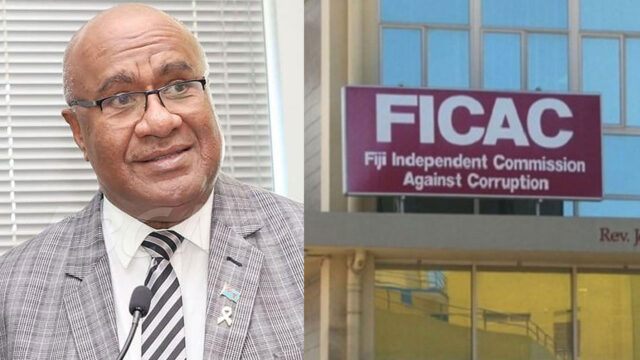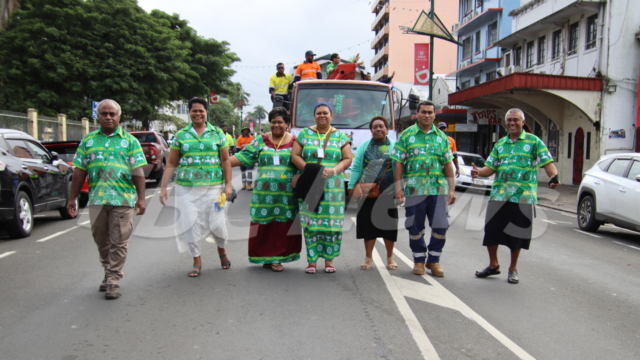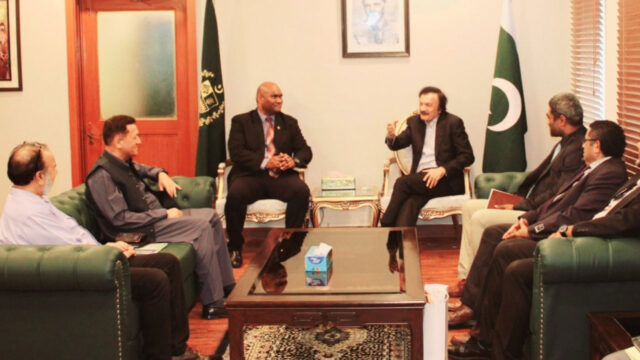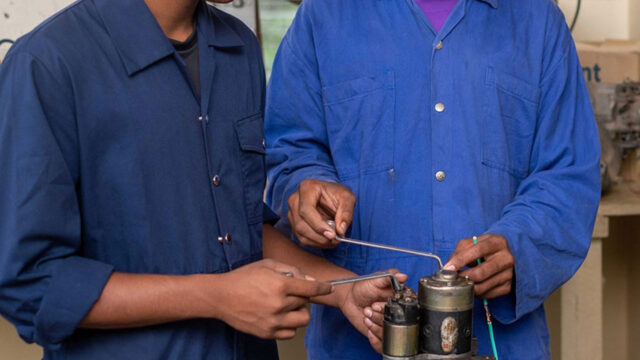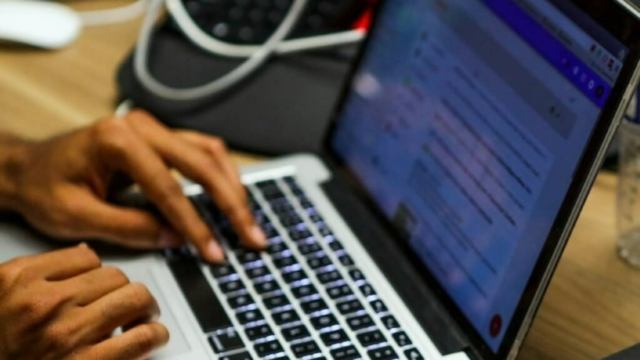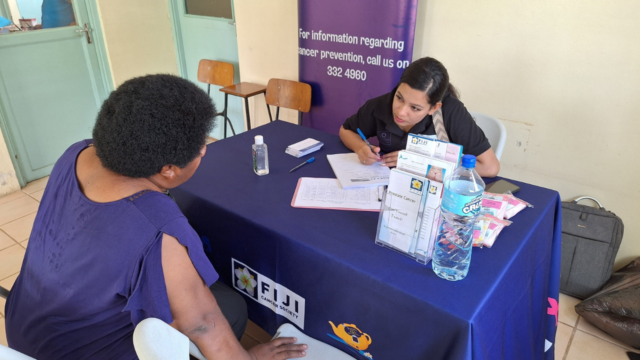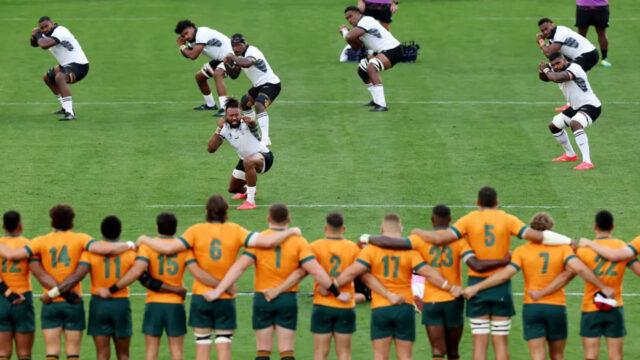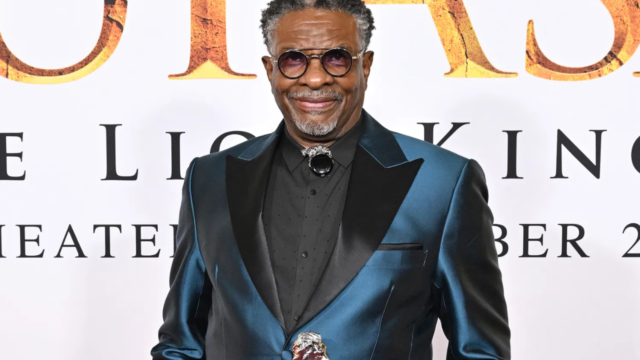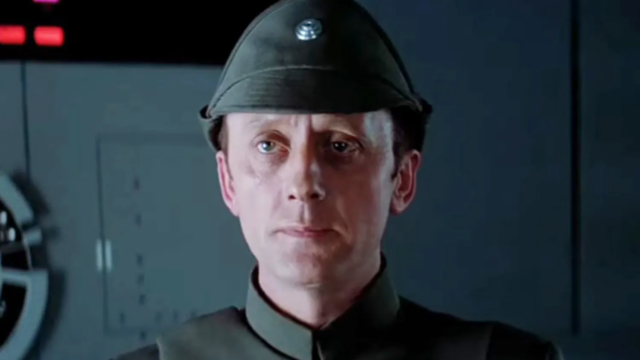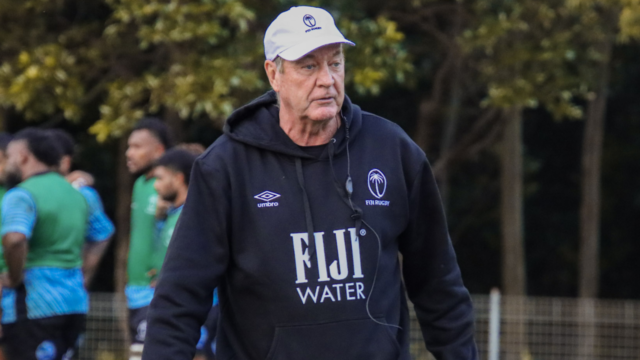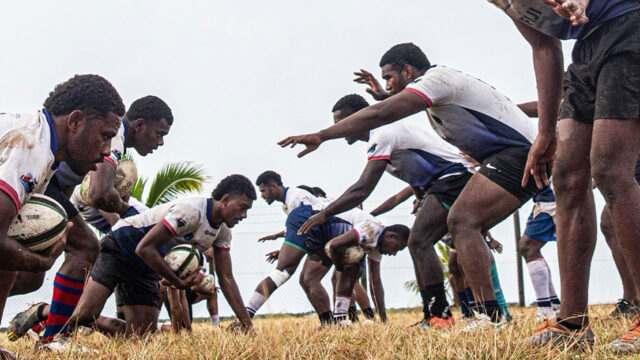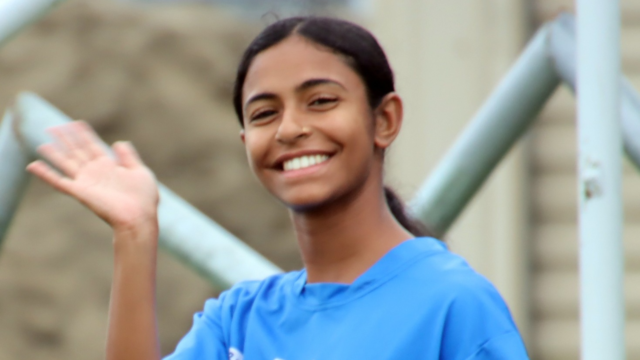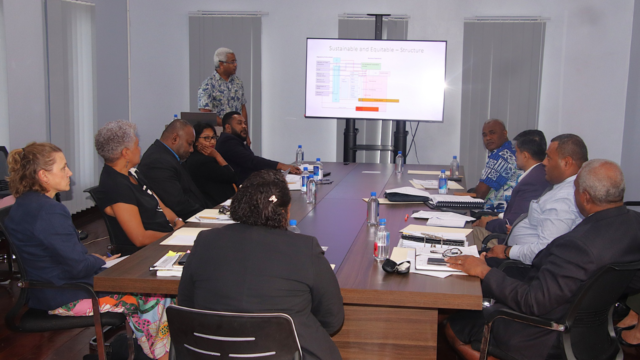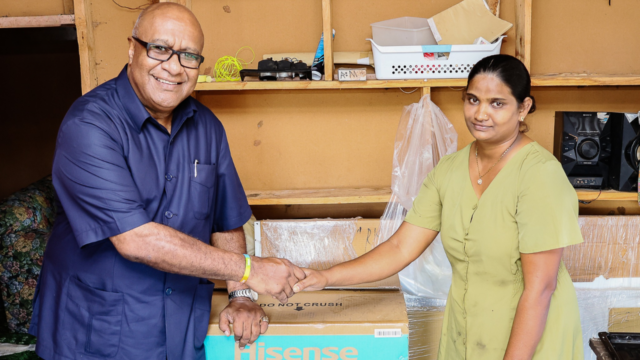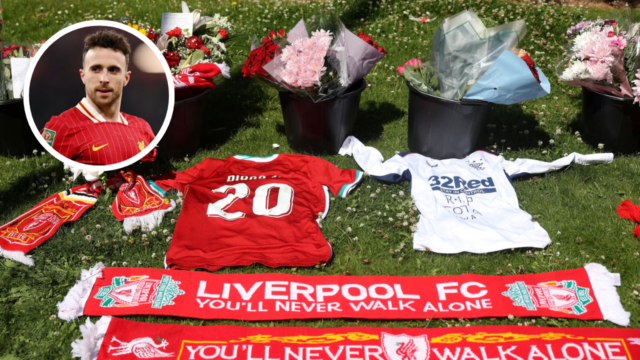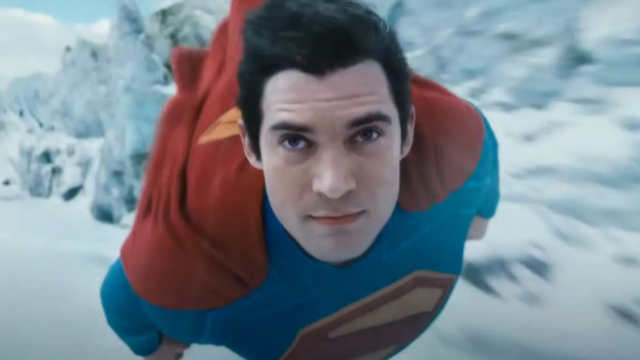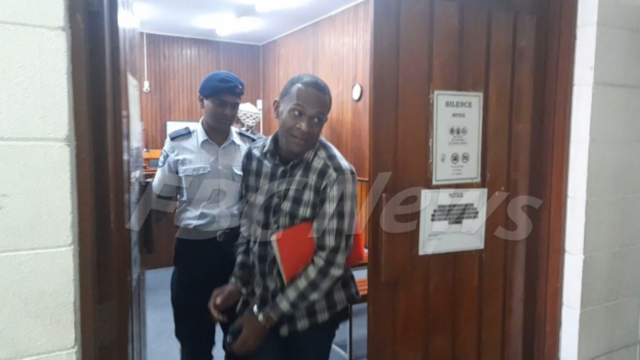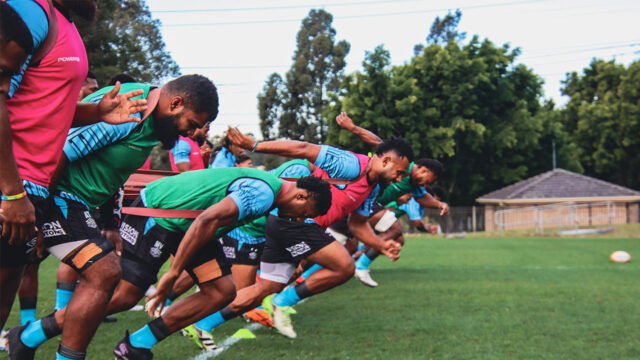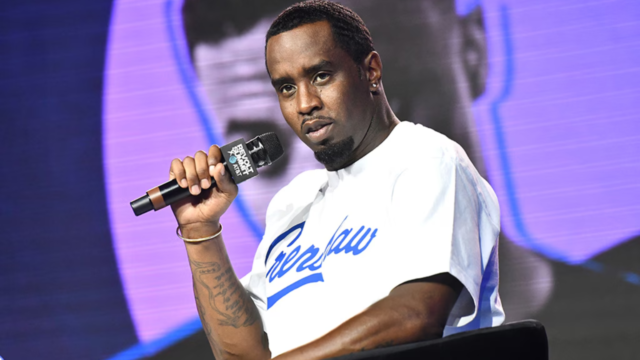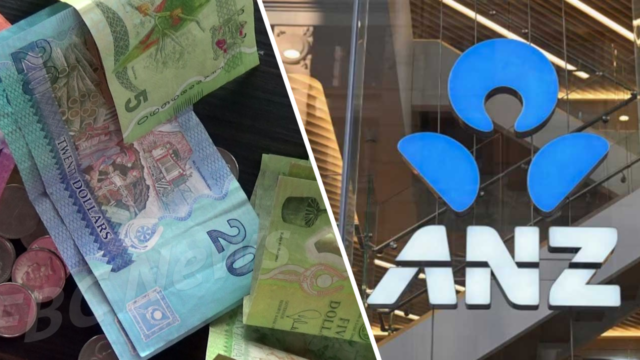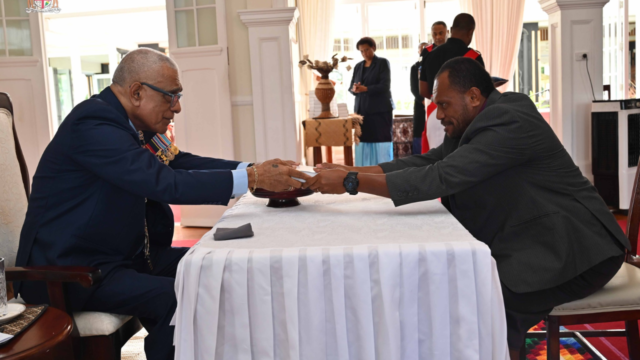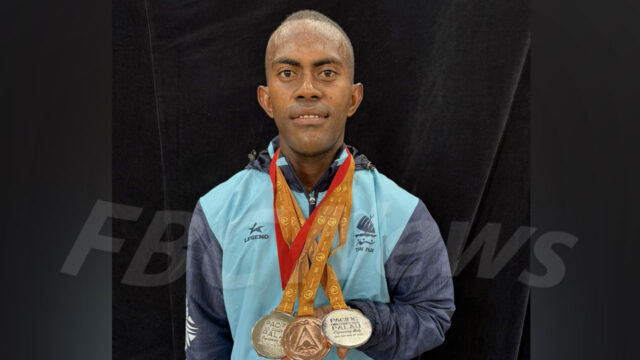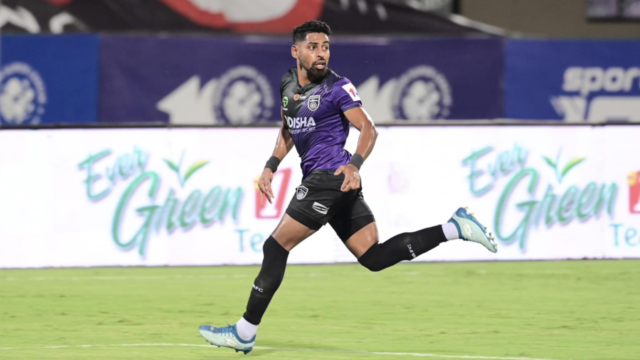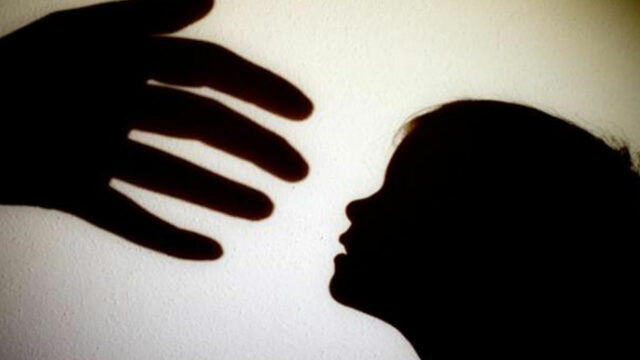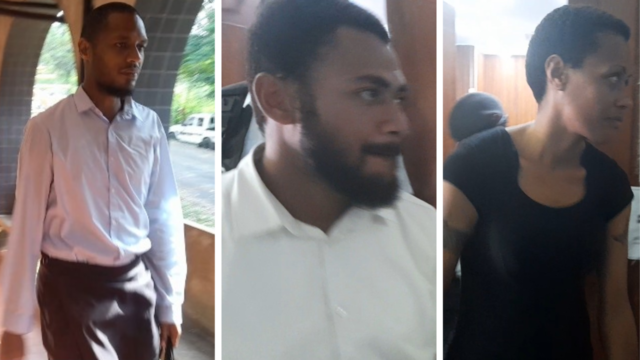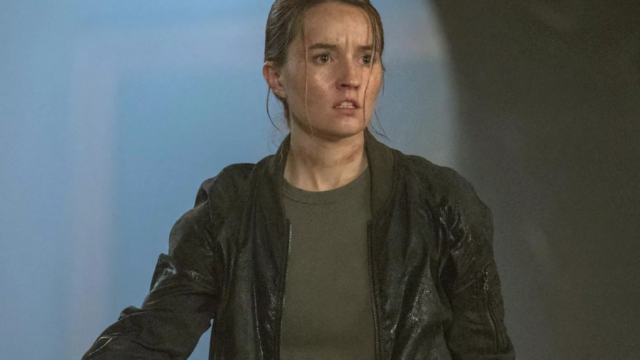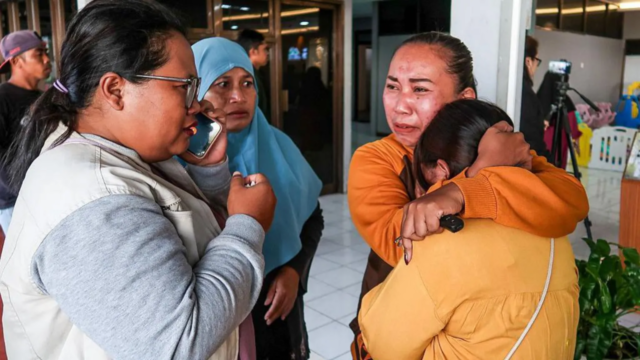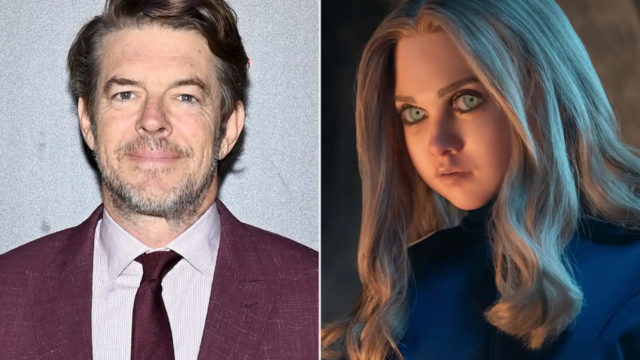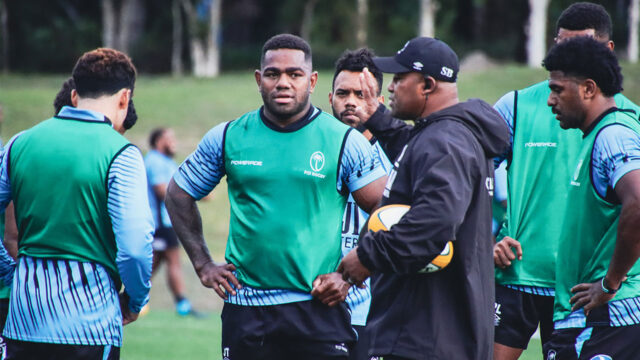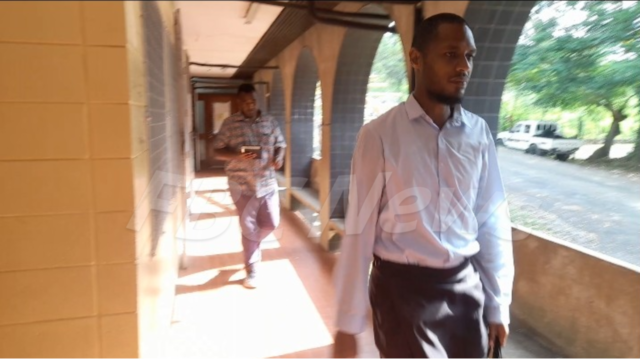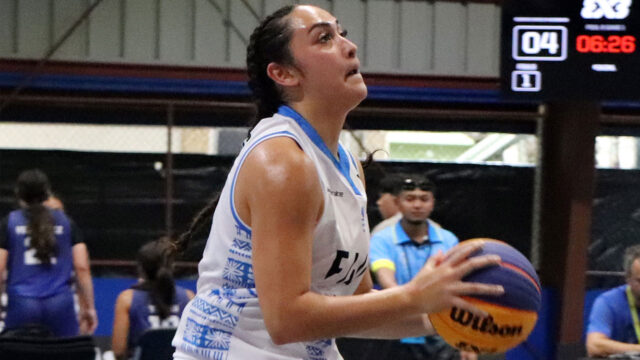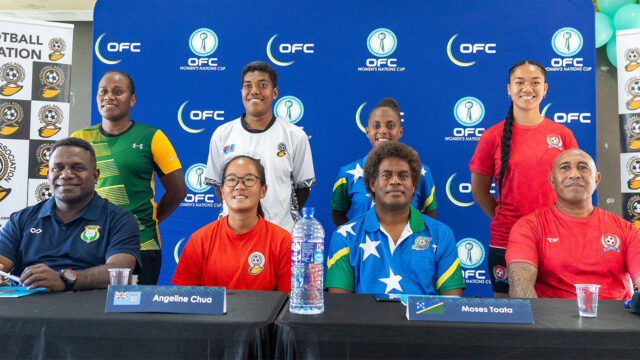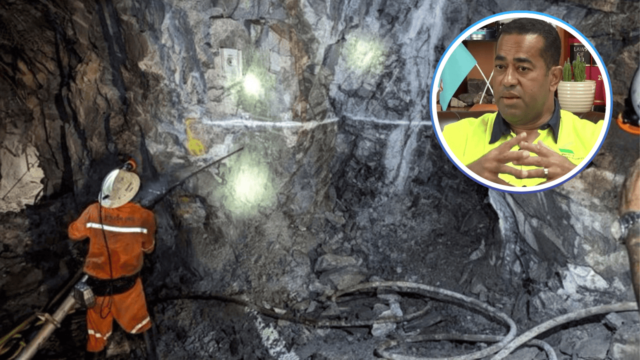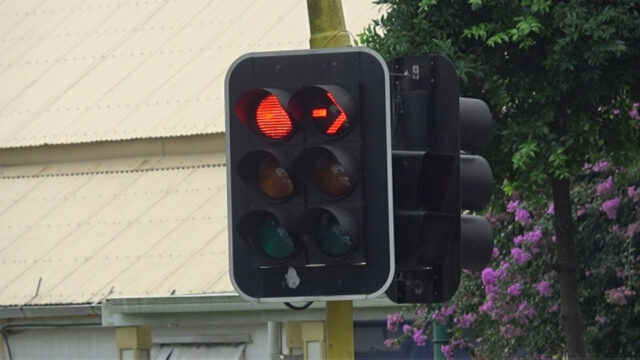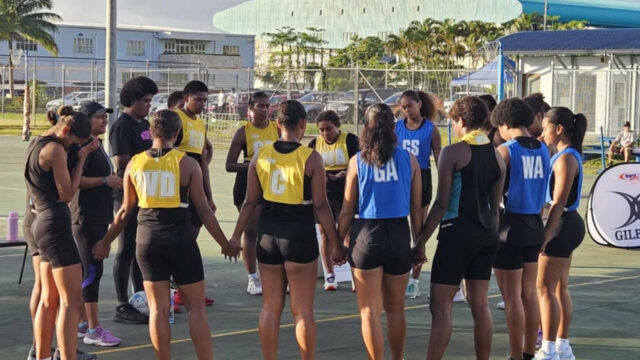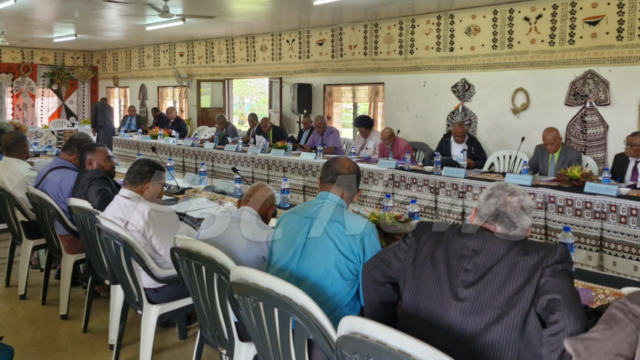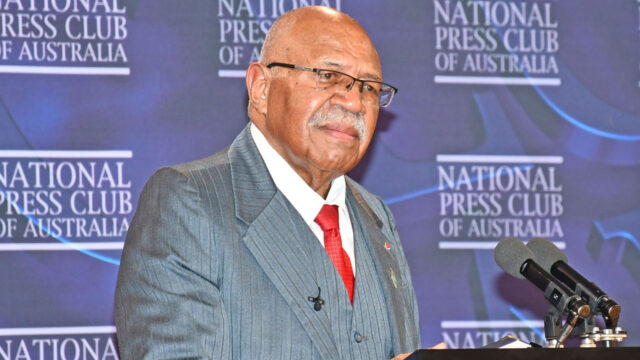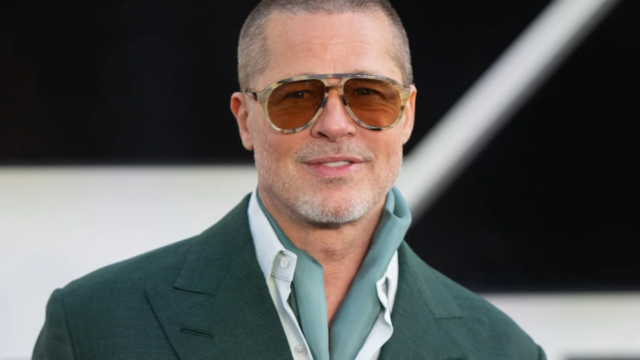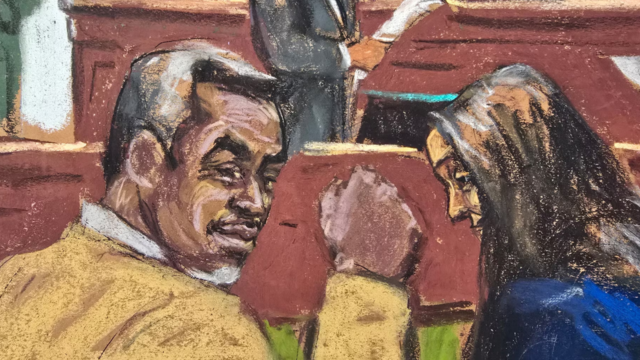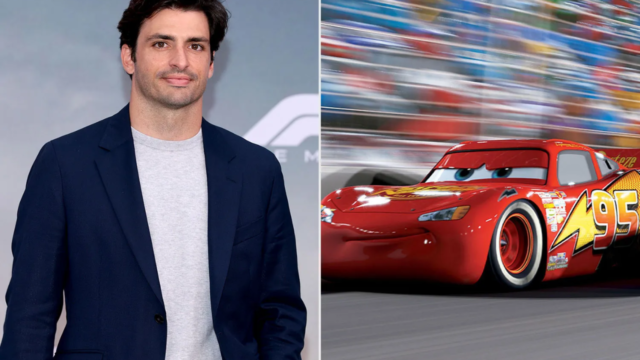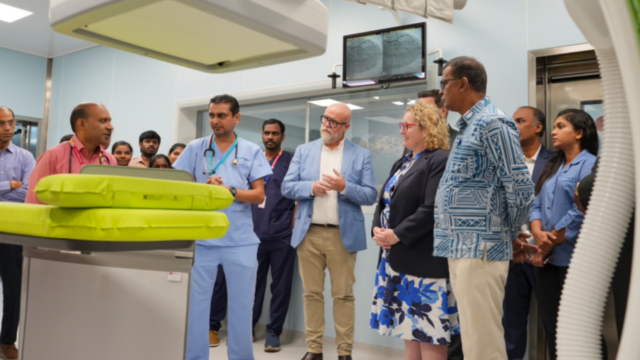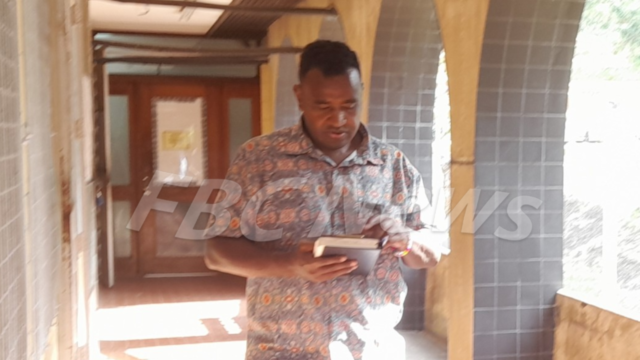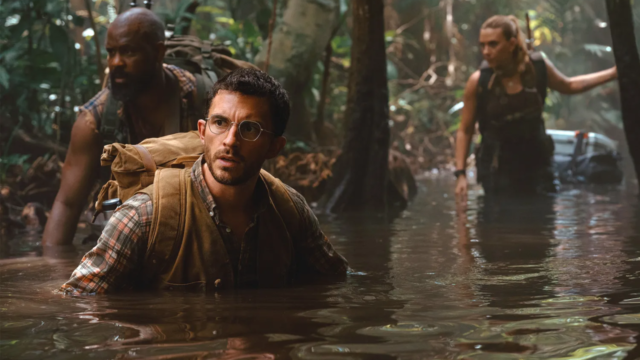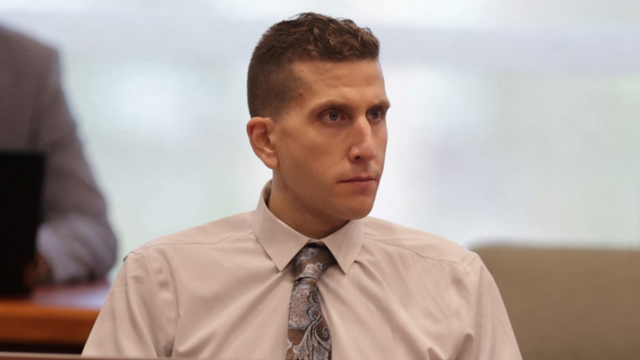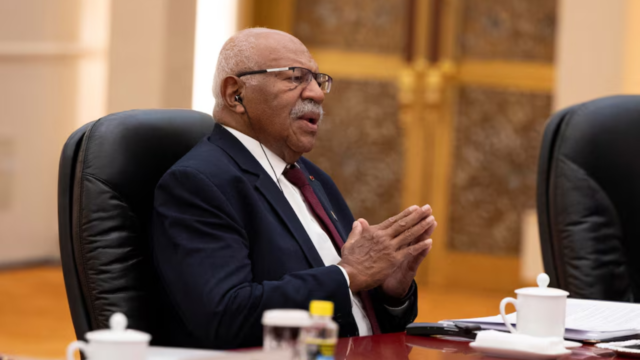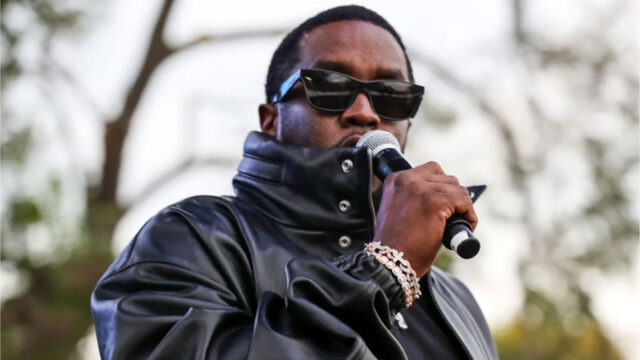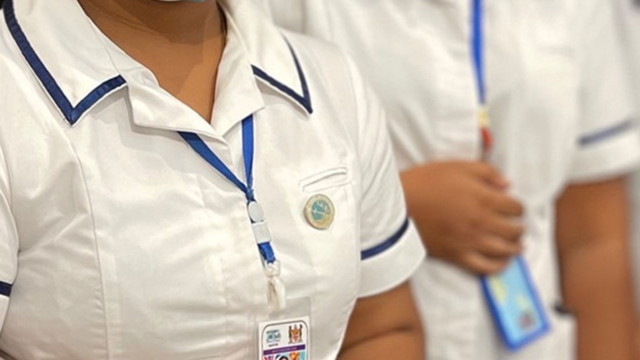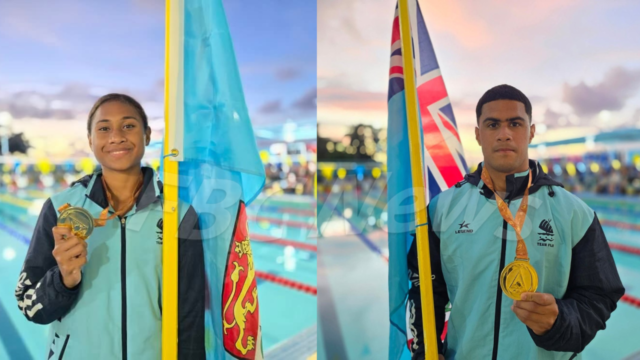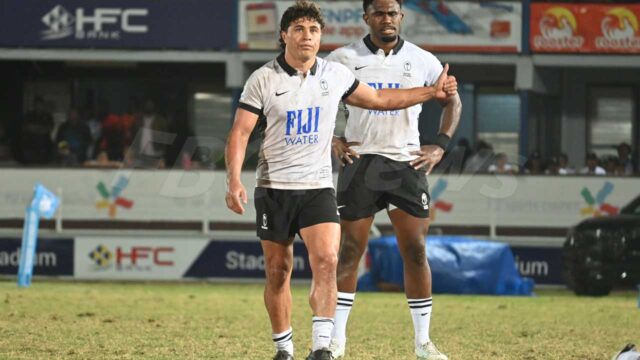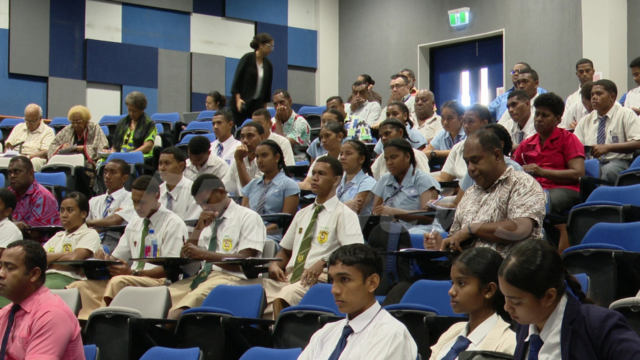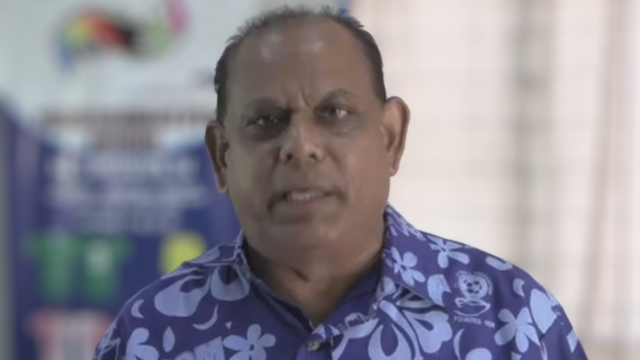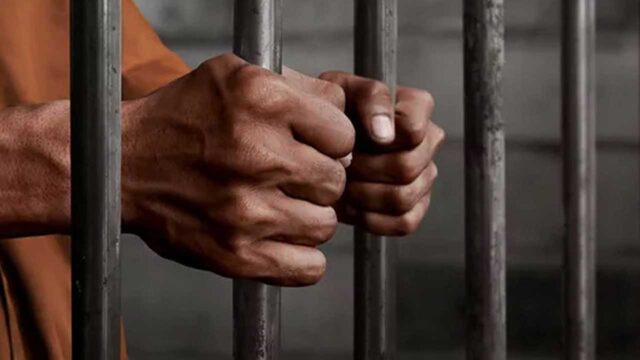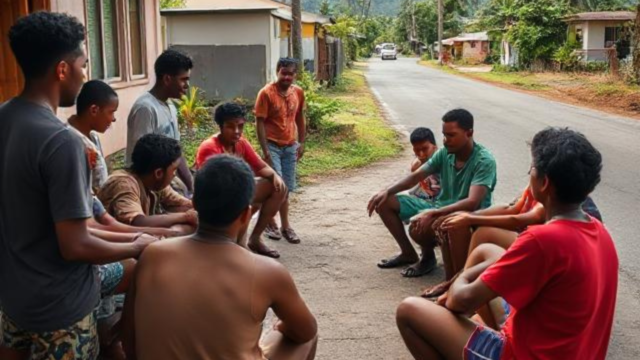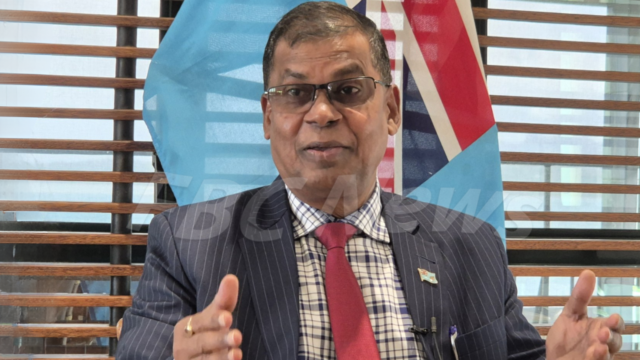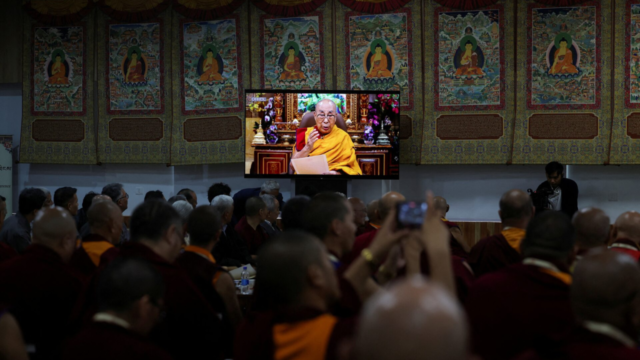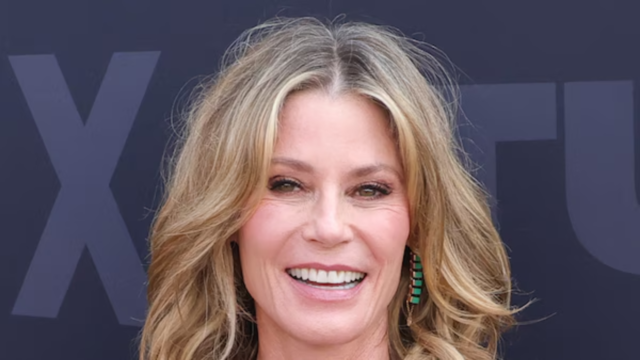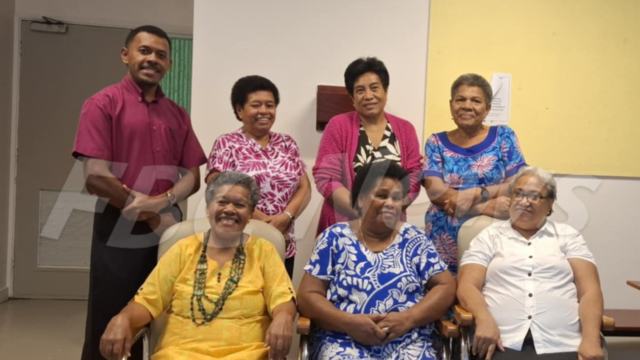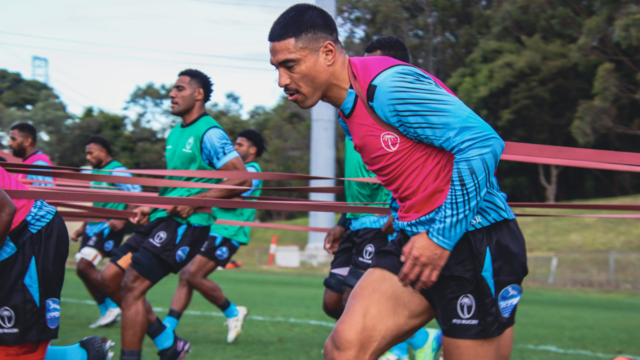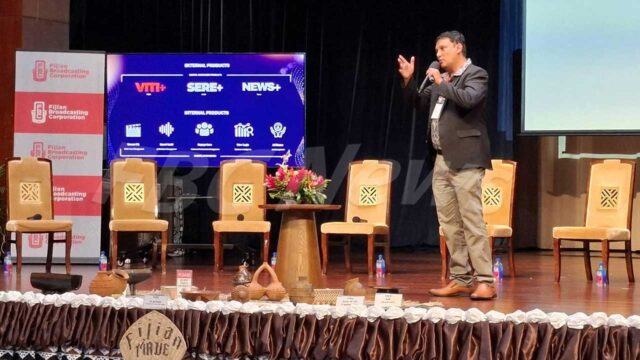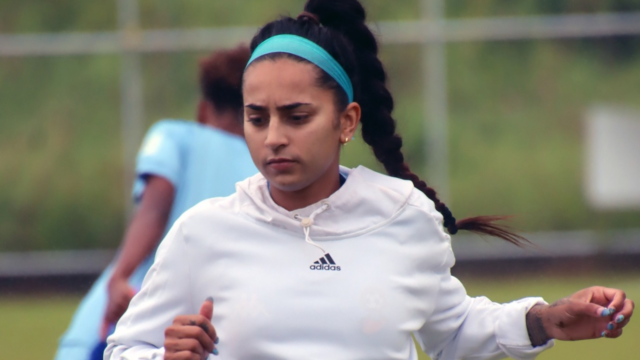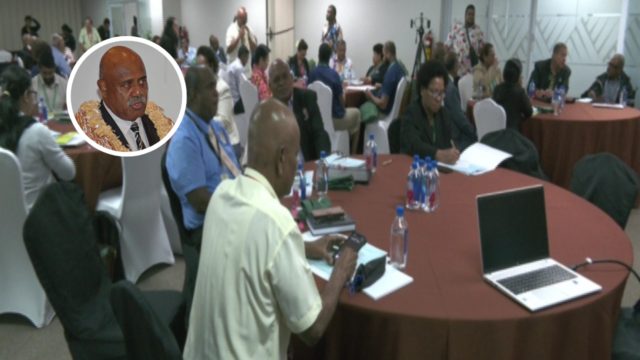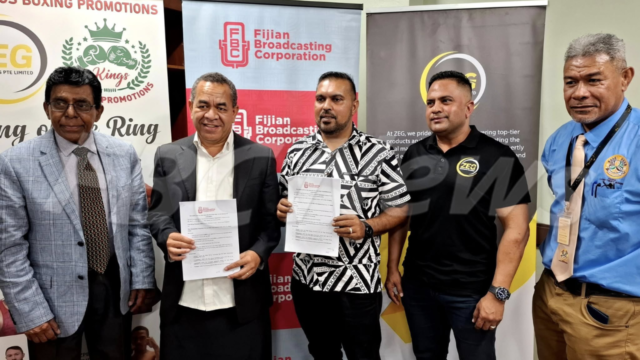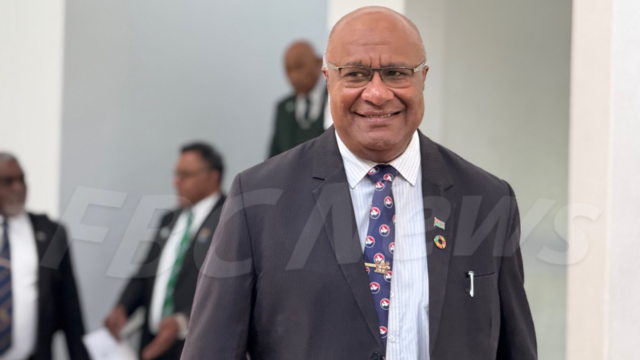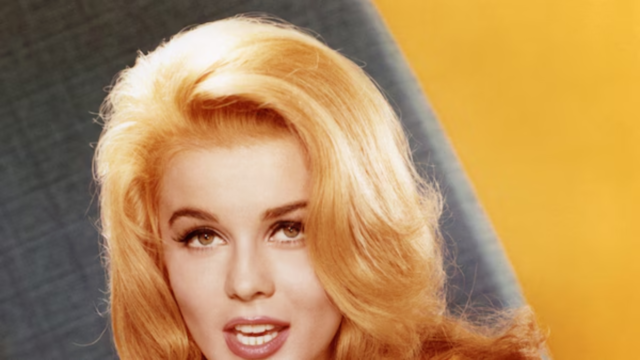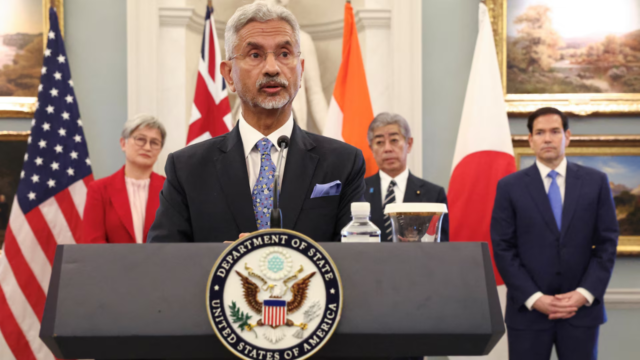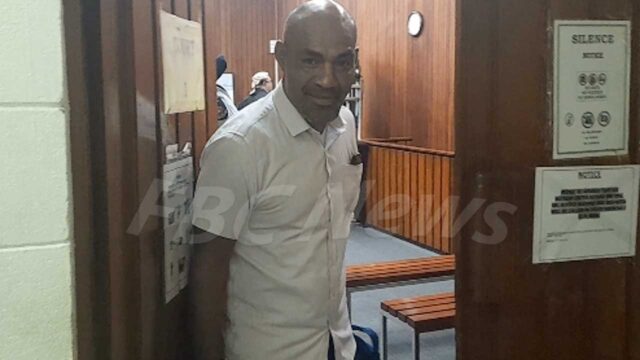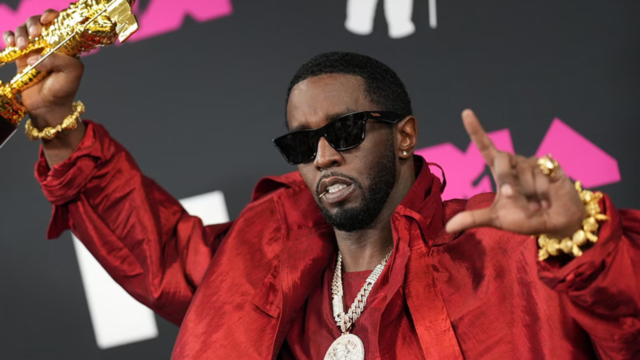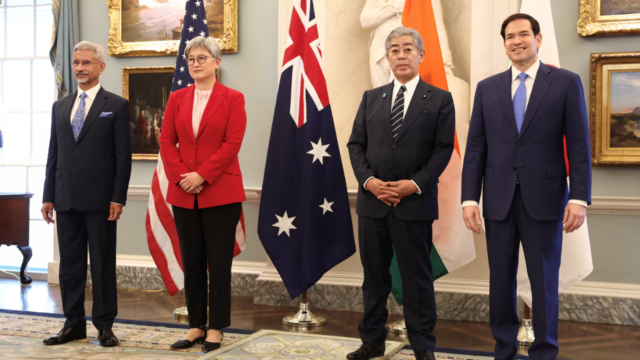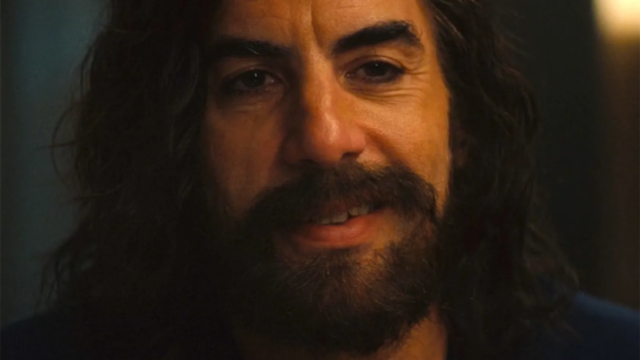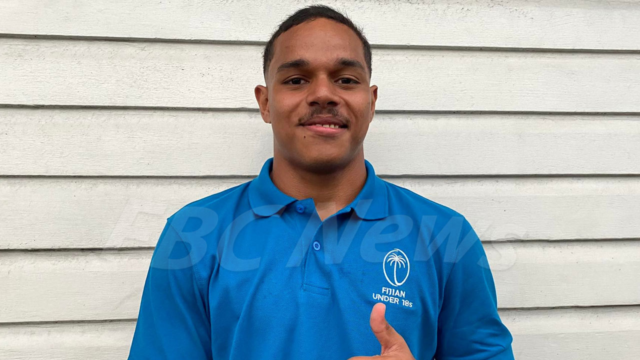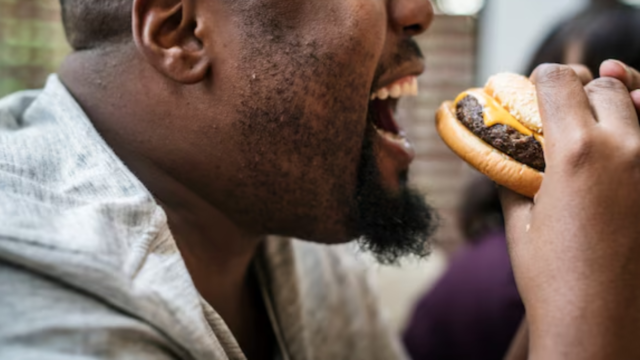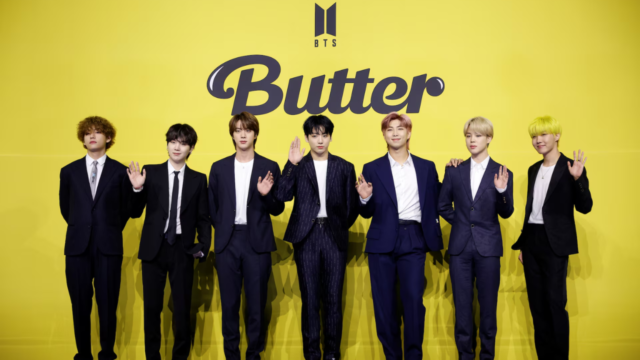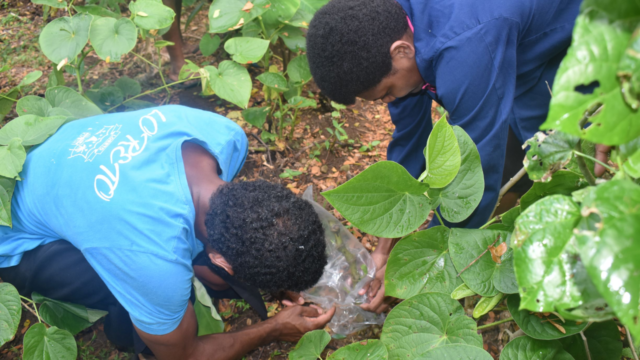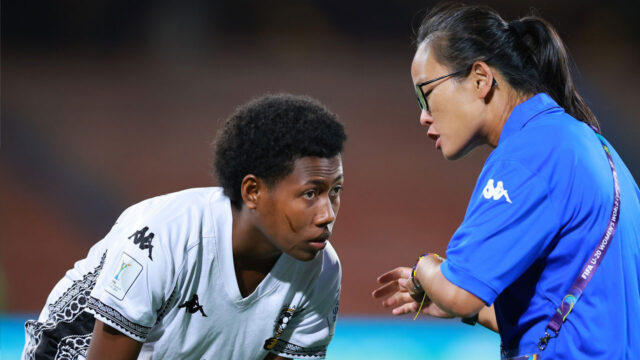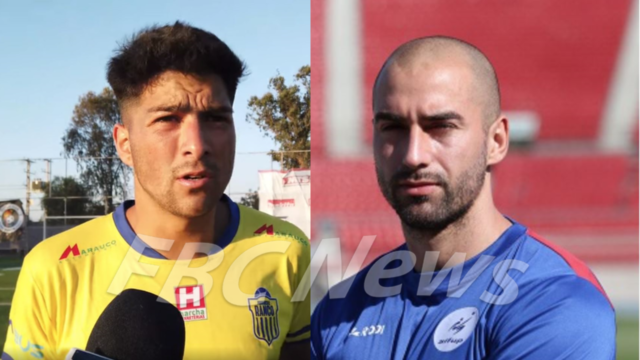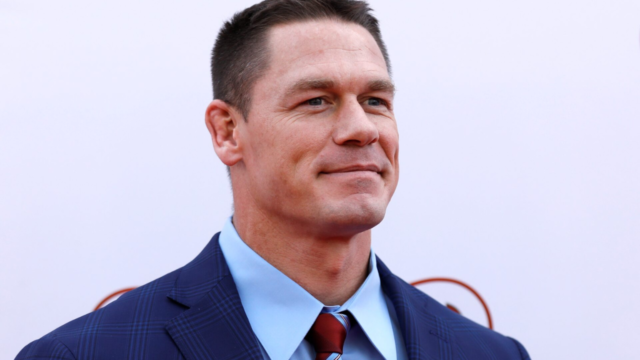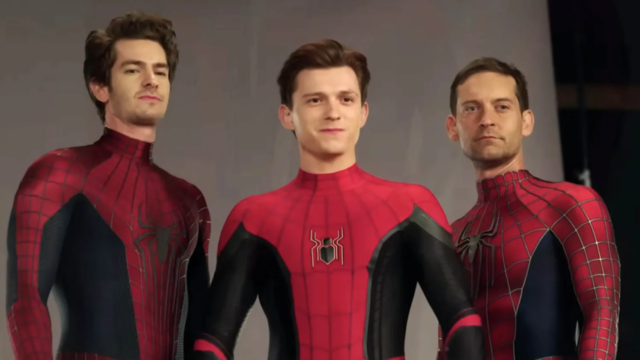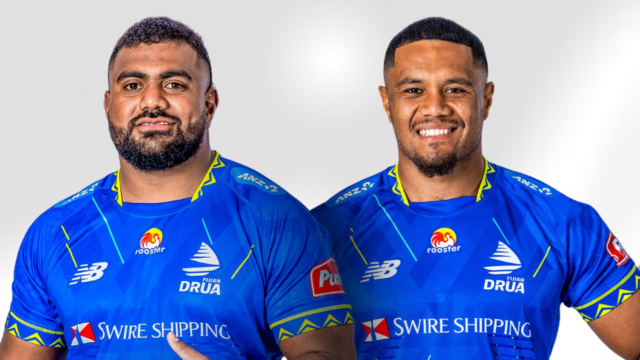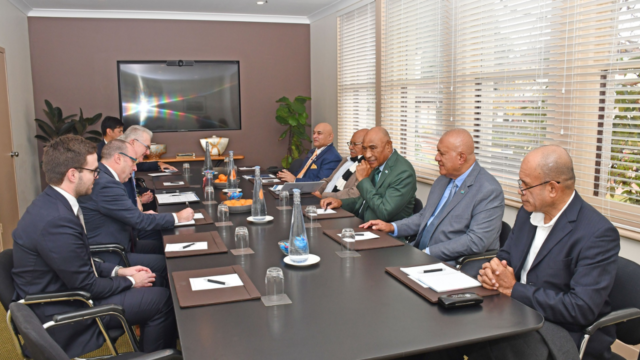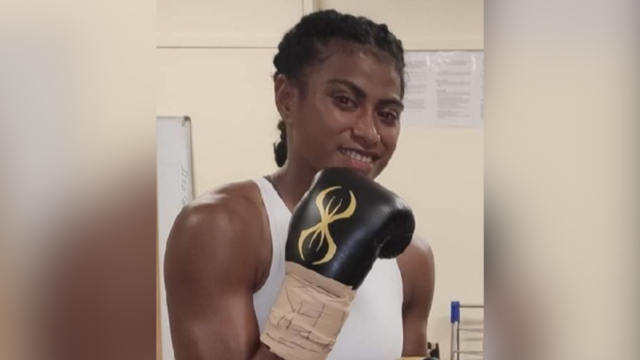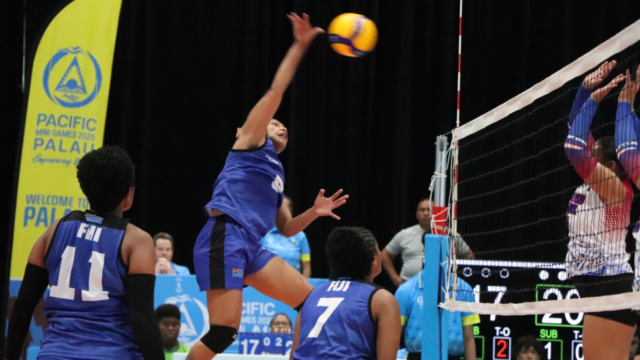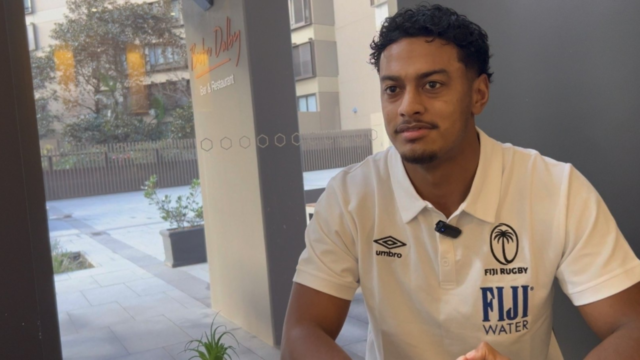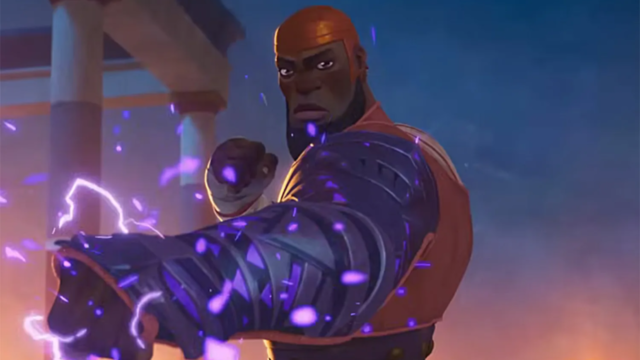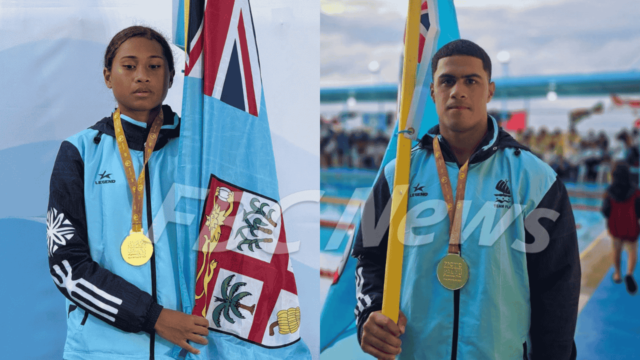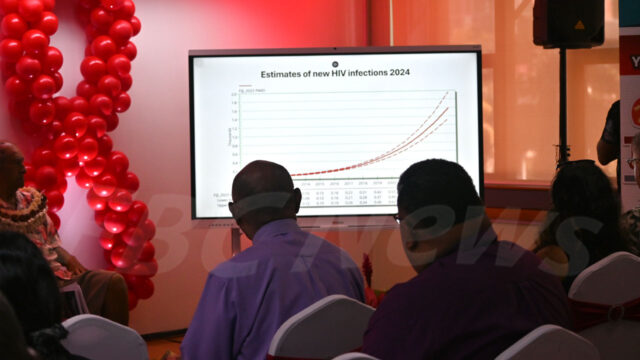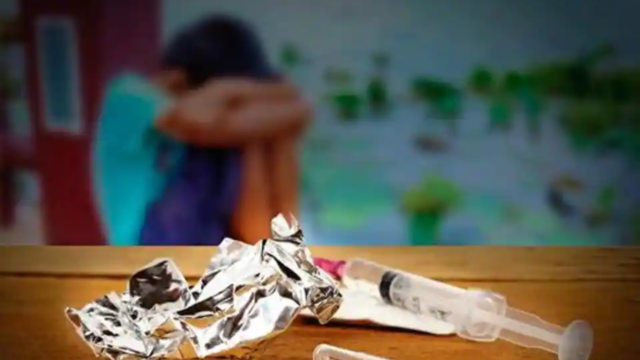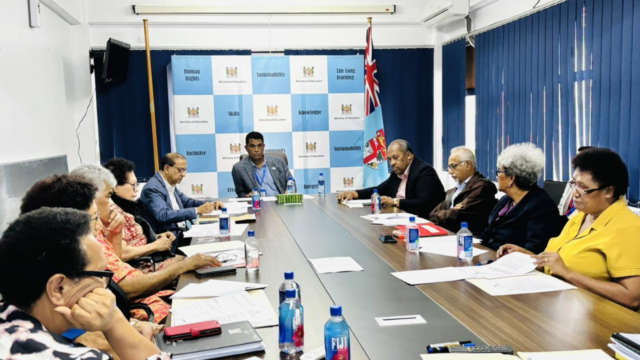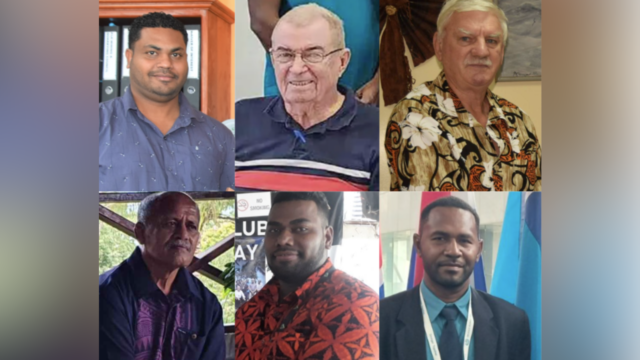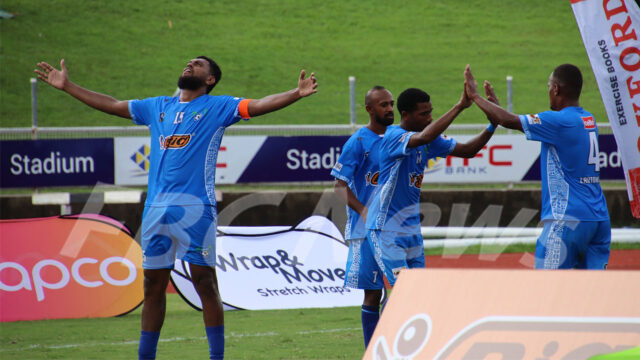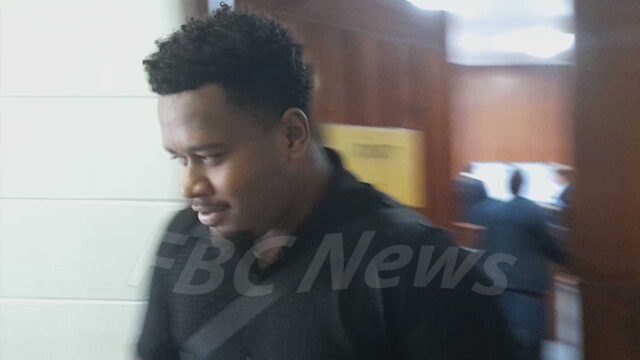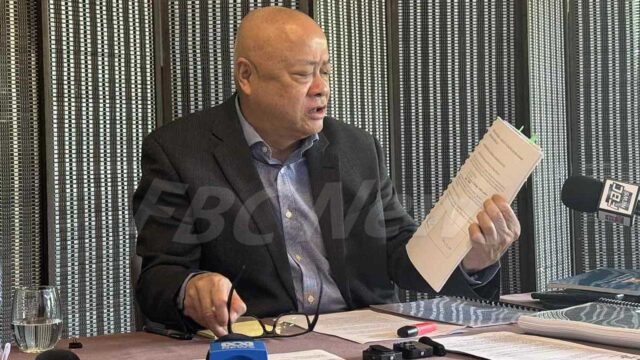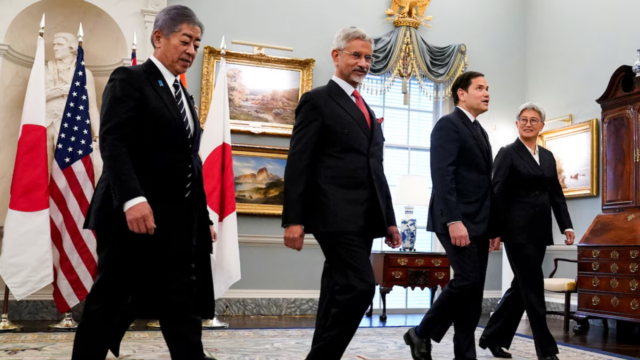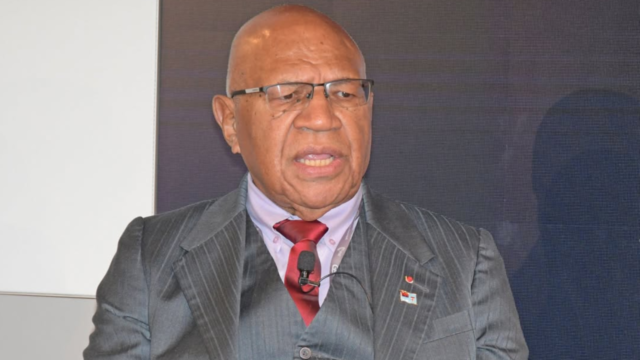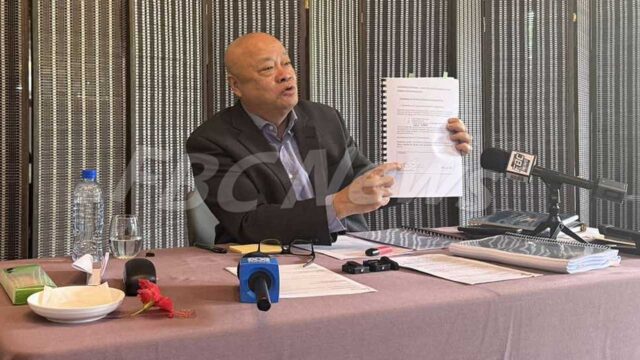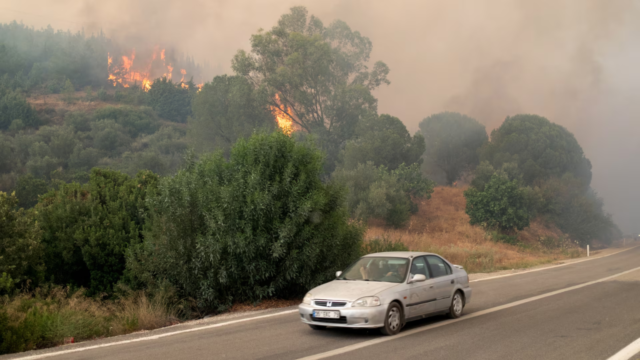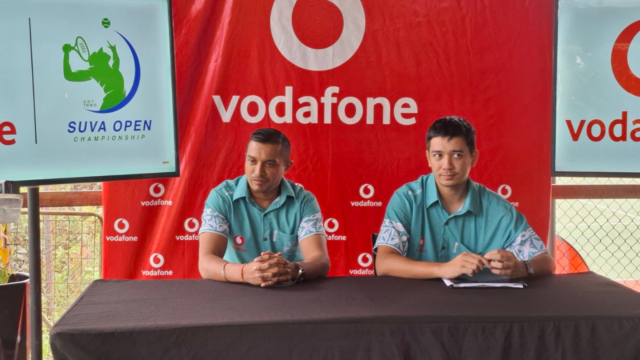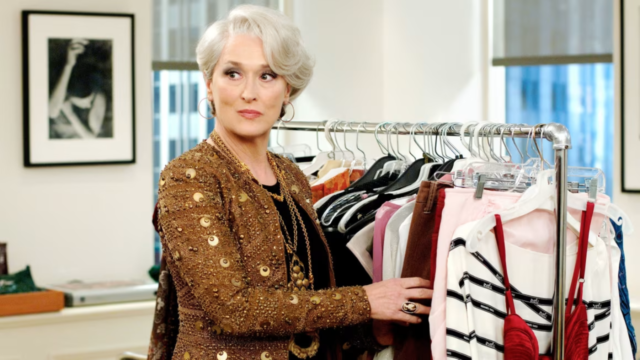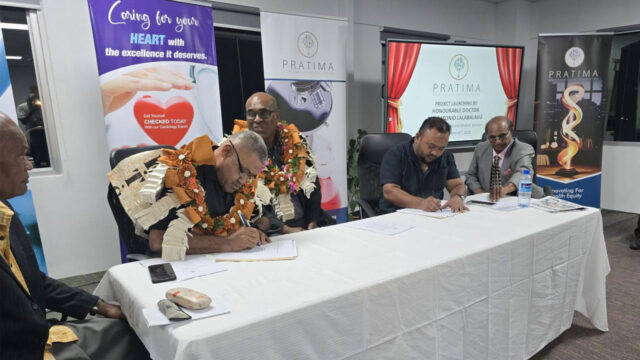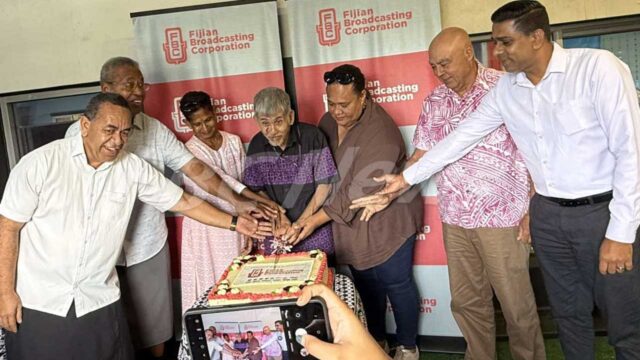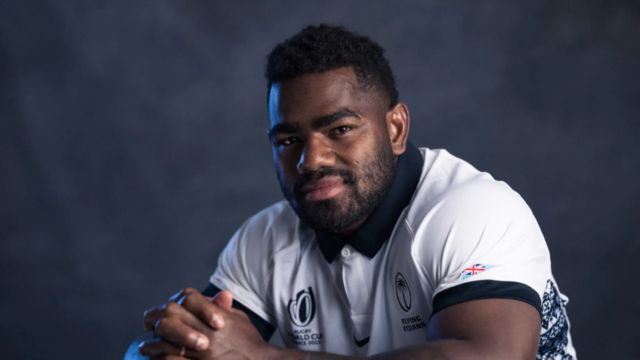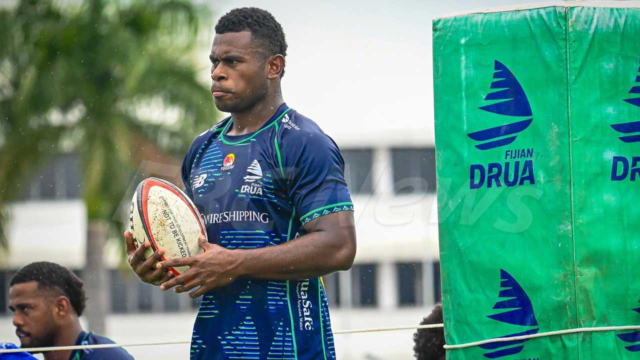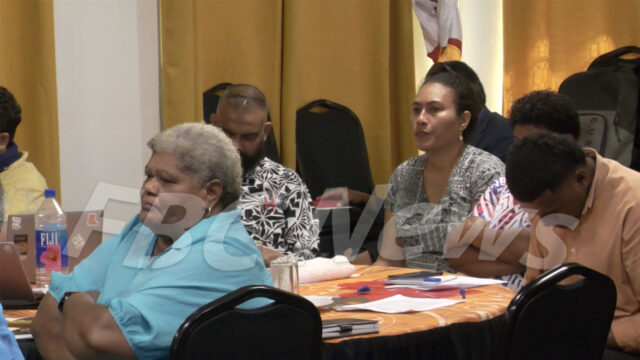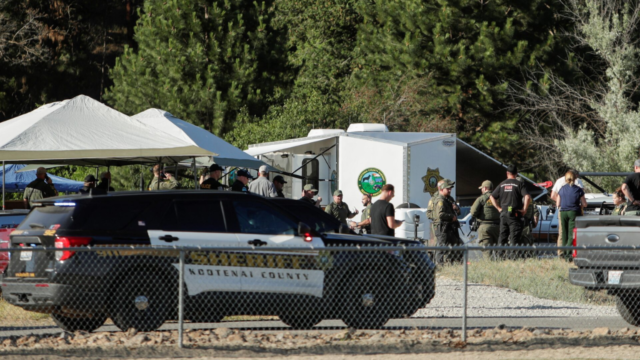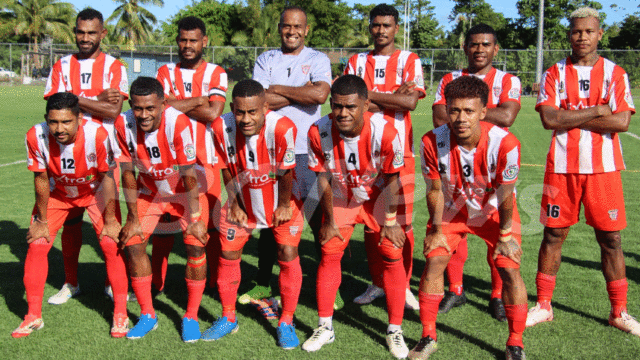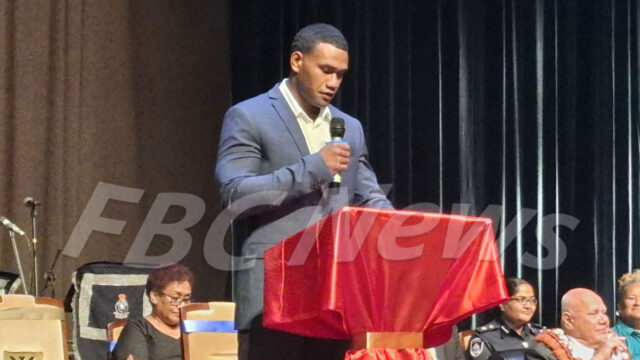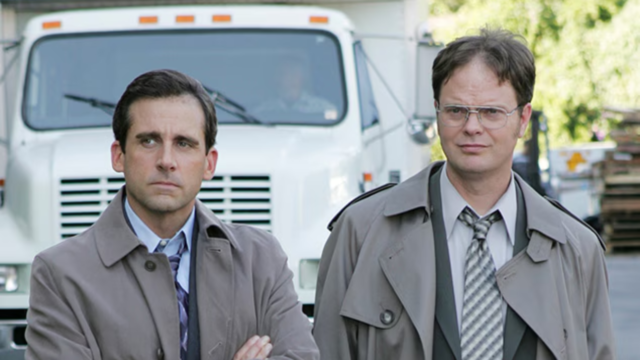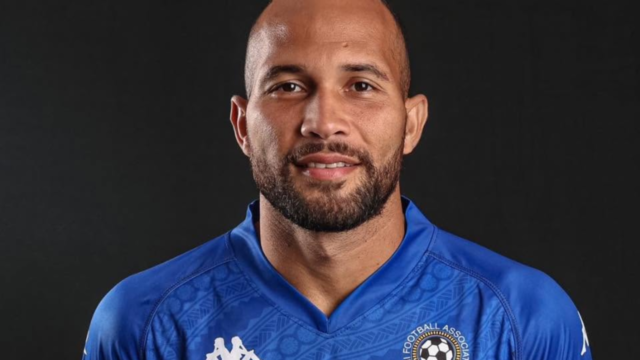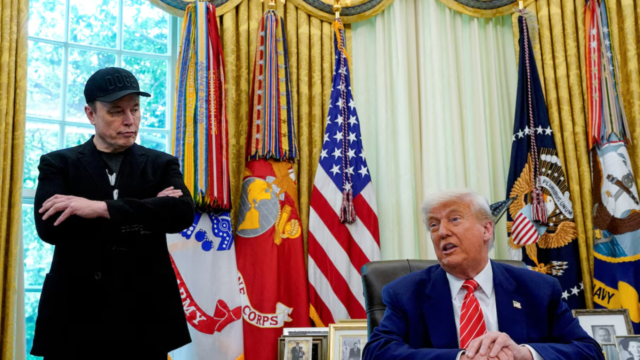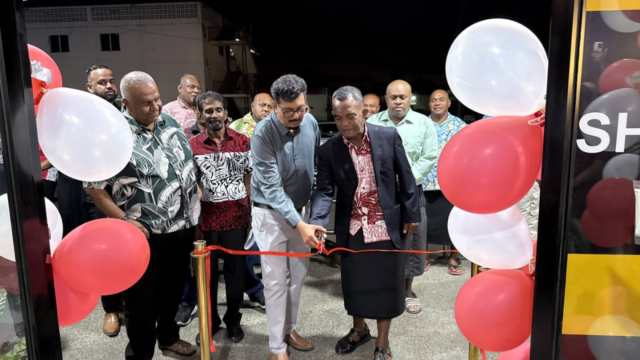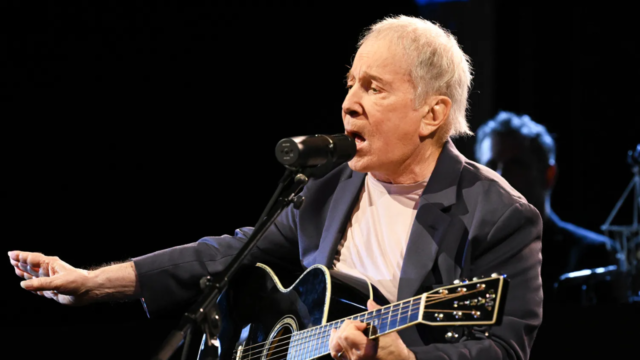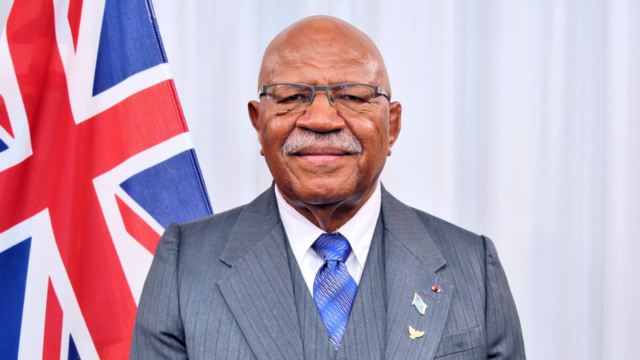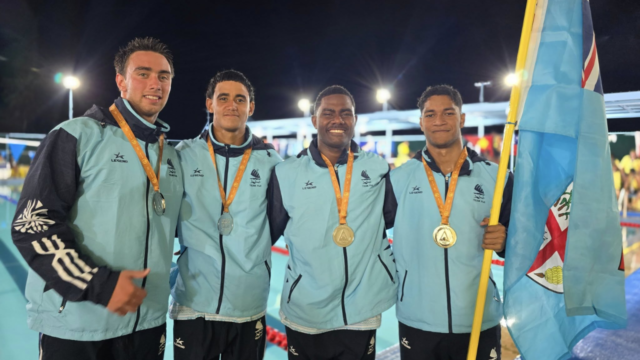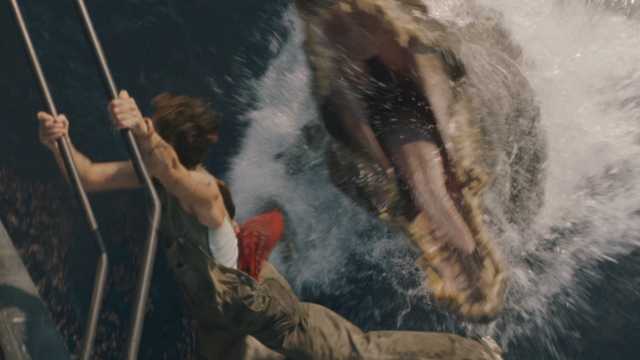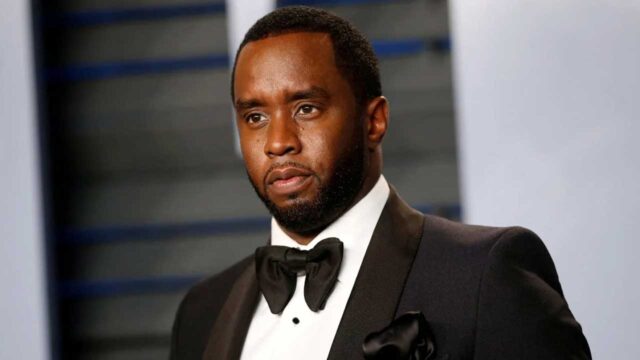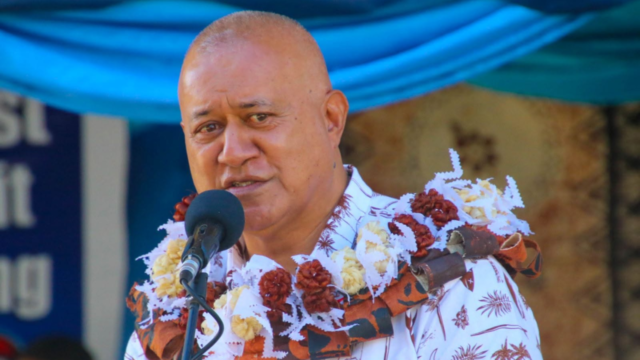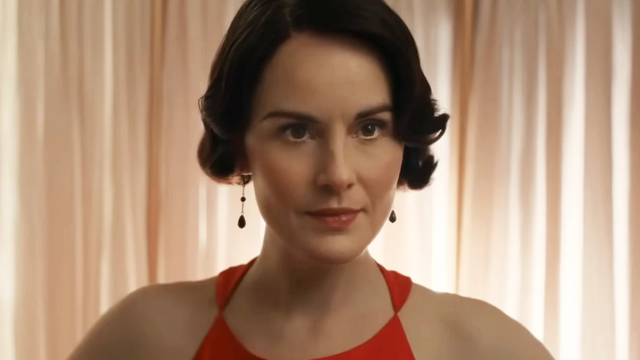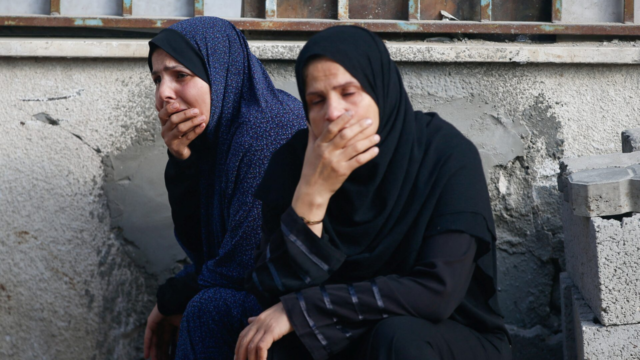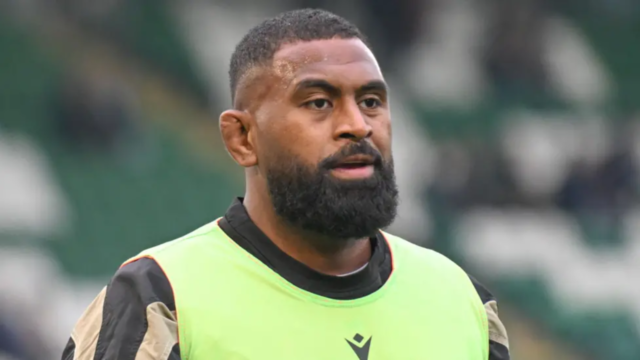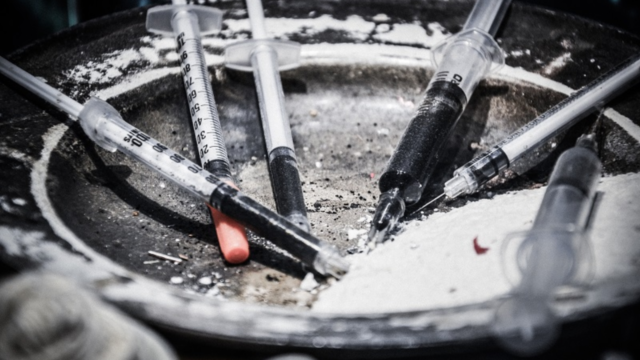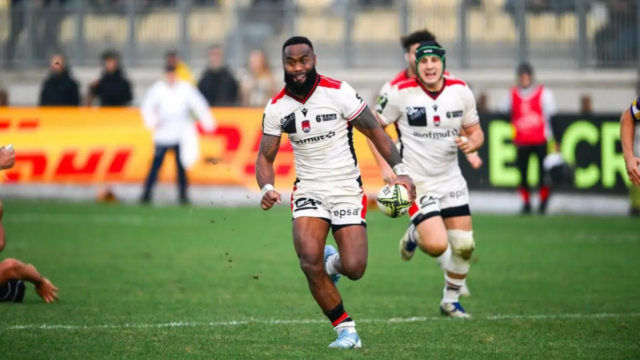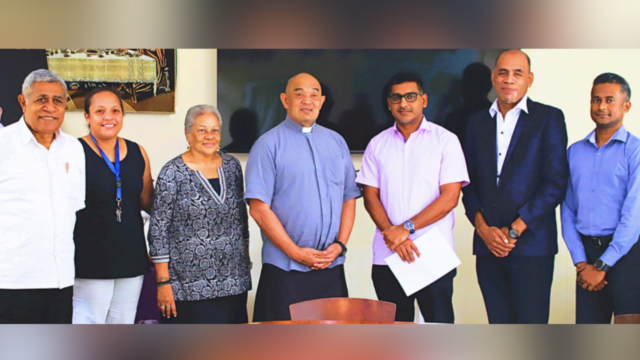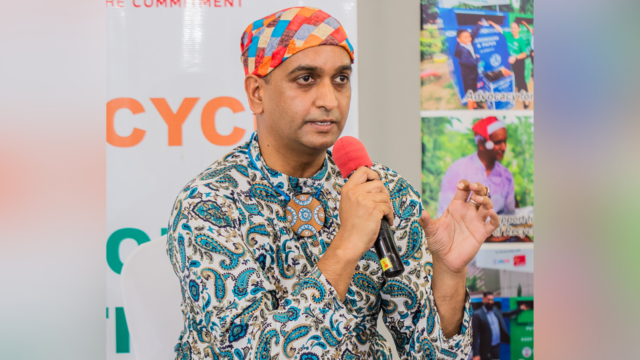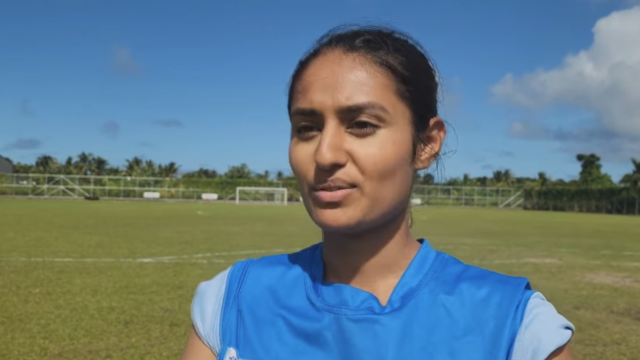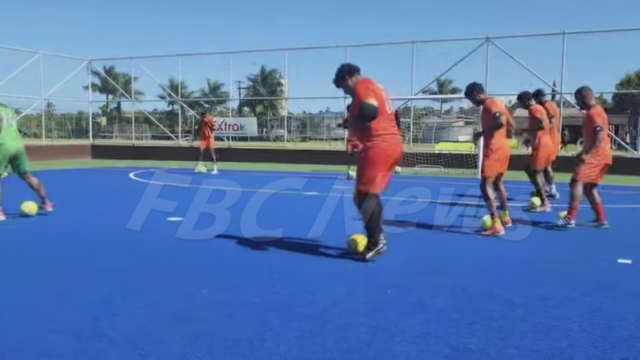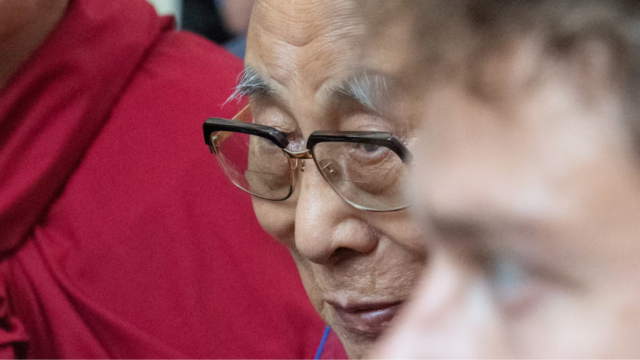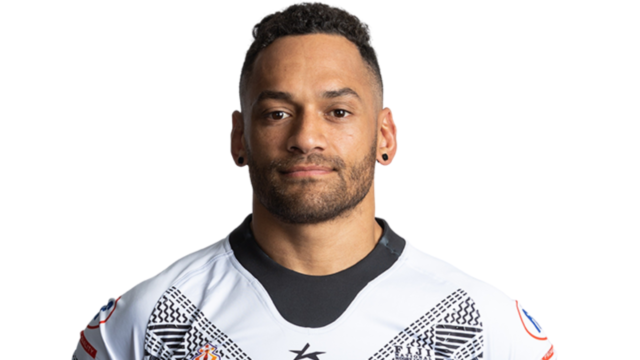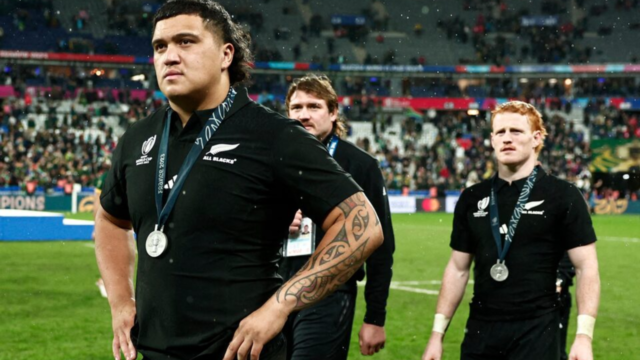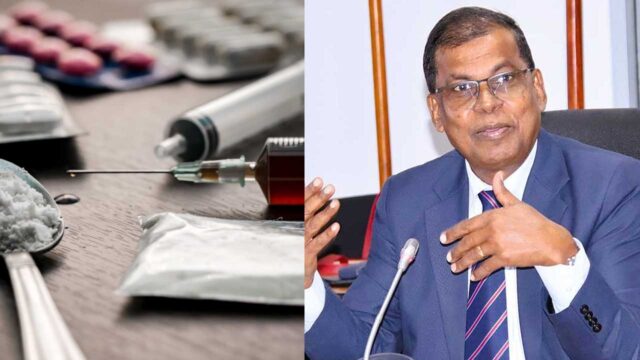
[Source: BBC]
The experiences of people who do not feel sexual attraction have been largely invisible on screen – even as characters from Sherlock Holmes to Barbie have been read as asexual. But a new romance is shining a light on them.
Cinema, as an audio-visual medium, offers seemingly endless possibilities for representation. Film characters live and breathe on the big screen and their presence can be self-affirming to viewers of underrepresented groups or minorities. But screen depiction relies on visual and aural markers – such as skin colour, voices, and bodies – posing a challenge for the sexual identity defined through lack: asexuality, the so-called “invisible” orientation.
An asexual (ace) person does not experience sexual attraction, as defined by The Asexual Visibility and Education Network (AVEN), a resource website and forum for the world’s largest online asexual community. Past studies have suggested that around 1% of the world’s population is asexual, but it’s difficult to gauge exactly, because of the stigmatisation that still surrounds asexuality and the wide spectrum of inclinations and experiences that can be classified as asexual.
Some ace individuals have romantic proclivities, while others are aromantic; some might engage in sexual activity in agreement with their non-asexual partner, while others avoid it altogether. As for asexuality on screen, even if there is no study that has quantitatively looked at its portrayals as yet, it is fair to say that films with asexual characters make up (way) less than 1% of film history.
There’s really no definition of an asexual film yet, just work that asexuals feel connected to – Dr Kari Barclay
While allosexuality (experiencing sexual attraction) is still an assumed norm, both in cinema and real life, one new film stands out as a pioneering study of intimacy not relying on sexual desire. Slow, the second feature by Lithuanian director Marija Kavtaradzė, premiered at last year’s Sundance Film Festival and took home the best director award.
In their statement, the jury praised Kavtaradzė for her “expert direction guiding her audiences to discover their own answer to the question: ‘What is desire?'”
The film focuses on a romantic encounter between two people figuring out how to be together without the glue of sexual attraction. Sex is important for Elena (Greta Grinevičiūtė), a professional dancer who experiences the world through her body and Dovydas (Kęstutis Cicėnas) who is a sign language interpreter, identifies as asexual.
The ‘guessing game’ of representation
The term itself entered public discourse in the late 1970s, and while the so-called sexual revolution has certainly made LGBTQ+ characters more visible, the legacy of on-screen asexual representation remains rather obscure.
Indeed, every attempt to systematise it involves a guessing game. For example, protagonists like Sherlock Holmes or Barbie from Greta Gerwig’s 2023 blockbuster, who ostensibly distance themselves from erotic matters, could be read as asexual.
“If you’re looking for asexuality on screen, you’re often going to have to search in screen history for asexual resonances,” explains Dr Kari Barclay, director, playwright and researcher. According to them, “there’s really no definition of an asexual film (yet!), just work that asexuals feel connected to, like Bonnie and Clyde (1967)”.
In Arthur Penn’s romantic crime film, Warren Beatty’s Clyde rejects Bonnie’s sexual advances stating that he is not “a lover boy”, but in the end agrees to consummate their relationship without much talking. Some have deduced from this that Clyde is asexual, though the ambiguous portrayal of his sexuality invites various interpretations, including that he is impotent or gay.
Similarly, the character of Marnie in Alfred Hitchcock’s 1964 thriller has been read equally as asexual, a closeted lesbian or repressed heterosexual. Jessica Rabbit of Who Framed Roger Rabbit (1988) can either be seen as a femme fatale or an asexual icon, as argued in The Ace Couple podcast, which often discusses media representations through an ace lens.
The episode theorises that she is someone burdened by the sexuality projected on them, with her infamous line “I’m not bad, I’m just drawn that way,” acquiring an ace-positive meaning in that context.
As these examples show, unnamed depictions of asexuality are never clear-cut. And when there has been overt asexual representation in the past, it has often been poorly handled – see the 2012 episode of US medical drama House MD, Better Half, where the orientation was framed as an illness, which a character had to “recover from”.
Slow is explicit in labelling one of its two protagonists as asexual, but subtle in showing how the pair negotiate their different sexualities and boundaries. “I’m asexual,” says Dovydas as Elena leans in to kiss him early on in the film.
Such a concrete declaration is one way to deal with the limitations of cinematic representation. “There is so much power in saying the word asexual in a film,” says Courtney and Royce, hosts of The Ace Couple podcast. Since named ace representation is rare on screen, its inclusion can counter its perceived “invisibility”. ”
Beautifully written fiction not only presents the opportunity to teach viewers about asexuality, but over time it helps to normalise the identity and foster public empathy in turn.
“To this point, Barclay adds that there is a task for films to show “moments of alienation from sexual norms, since that’s often the core of one’s asexual experience”.
In their own work Can I Hold You?, the first full-length stage play about asexuality performed in the US, Barclay shows asexuality as exposing the existing mismatch between intimacy and attraction. “When I show ace and allo characters in relationships, I foreground their connection as a chance to rewrite the scripts of romance in a way that surprises ace and allo characters alike,” they say.
Why Slow feels authentic
Surprise is also an important element of the central relationship in Slow. Instead of simplifying the points of tension around sexual intimacy or sex itself, Elena and Dovydas joke about their incompatibilities. Silences often end in laughter, like when Dovydas asks whether it would be weird if he held Elena’s hand right after coming out as asexual. “Yeah,” she chuckles, looking down. The characters find their intimacy in shared silly moments and being humorously self-aware, and while they, like many allo-ace couples, choose to have sex, it doesn’t always work for them. The couple’s goofiness echoes the frivolity of old Hays Code-era screwball comedies – although in their case the badinage is not a substitute for sex that can’t be shown because of censorship rules, but a full expression of their intimacy in itself.
Kavtaradzė points to Todd Chavez from the Netflix animation series BoJack Horseman as a reference point for good (named) ace representation (“a sweet, but also cool guy”) – something that she knows people are looking at her film to provide too, beyond its broader artistic value. Her research also involved speaking to asexual people about their experiences of ace or allosexual relationships to make sure the characters she wrote were authentic. At the same time, she didn’t want to create an asexual character that would be schematic. “If you try to represent all people through one person, there’s this danger of ending up with a character who is not a real human being. When I’m writing a character, sexuality is one of the questions to consider, alongside their social background, cultural upbringing, or how much they earn,” she says.
Another key challenge in representing asexuality well is that it requires narrative time. Since asexuality cannot be reduced to a single act or to something that is tangibly visible on screen, its depiction benefits from being teased out gradually. Barclay agrees, noting that “Most screen representation of asexuality can be found in the form of television where there has been room for asexual subplots, such as Sex Education, Heartstopper, and Everything’s Gonna Be Okay”, and suggesting that producers may find it “easier to invest a storyline of a TV show in asexuality than an entire film, and a TV series allows greater time for exposition and explanation of the identity”.
As its title suggests, Slow is also conscious of the fact that time matters and allows its characters’ relationship to develop very gradually. Trial and error, as well as sexual advances play their role in that process. Dovydas is written as a romantic asexual character, but the writer-director was wary of leaning too heavily on what he is not interested in and instead says she “found it more important to develop the parts of him that affirm what inspires and motivates him”. Among other things, we learn how Dovydas took up sign language as a child alongside his deaf brother, which is why he is now a translator for weddings, doctors’ appointments, and music videos. He has a taste for dad jokes and loud laughs, as if he is fearless and immune to shame; these elements of his personality are all made just as important as his asexuality – and the more Elena learns about him, the better the audience gets to know him too.
At the same time, Elena is not simply a surrogate for an uneducated viewer. Far from faultless, Elena’s knee-jerk reactions make her all the more relatable even when she says the wrong thing. In one scene, she berates Dovydas for masturbating in the shower – what she first interprets as deceit, he explains is unrelated to sexual desire. “During Q&As, I hear a lot of people get mad at her for not always accepting him or treating him the way that she should,” says Kavtaradzė, admitting both characters are “beautiful, but flawed humans”. As a result, Slow avoids the trap of having an allosexual character as a simple entry point for the audience, in contrast to their asexual partner. No matter how close they are, Dovydas and Elena often occupy separate frames – a visual reflection of their retained individuality.
While a more traditional film narrative, based on conflict and resolution, would latch on to tropes like desire and shame to define its ace character, Slow observes and lets the story unfold on its own. Cinematographer Laurynas Bareiša opts for a handheld approach where the camera sways and trembles – ever so slightly – as a participant in this elaborate dance of love. Kavtaradze recalls saying to him, “Let’s not be afraid to be romantic! If we have to explain why these characters fall in love, the film wouldn’t work”. Mediating the on-screen chemistry between the two allosexual actors playing the couple involved both extensive rehearsals and an intimacy coordinator. “I always knew I wanted and needed an intimacy coordinator,” says Kavtaradzė. The erotic scenes and the sexual touch portrayed in Slow are exploratory and about constant renegotiation, so the role of coordinator Irma Puzauskaite was to choreograph these incrementally. Importantly, these scenes are always part of something else, being either pre-empted or followed by a conversation about why sex is not what connects the couple.
Showing a couple explore intimacy, but without seeing sex as a necessary tool for connection, positions Slow at the intersection of normative romance and something more radical. However there are other works that explore asexuality to propose new types of relations. In a 2016 essay about asexuality and singlehood on screen, film academic Dr Marc Francis discussed films which, in depicting this, disrupt heteronormative codes of love and intimacy. In general, Francis, who is now head of film programming at Yale, thinks that film should be more open to “deconstructing or at least dis-articulating the coupled backdrop of sexual and romantic politics”, he tells the BBC.
Making asexuality legible on screen requires a deft touch, with or without ace consultants (who were used on, among other things, Sex Education). But an independent film like Slow proves that attentive research and genuine care for the “invisible” sexuality can really shift the conversation around ace representation. As for the future? “Someday we’d love to see an ace main character in a story told by us and for us with openly asexual people working at every stage of production,” say Courtney and Royce. Until then, cinema and asexuality are still learning to dance, slowly.
Stream the best of Fiji on VITI+. Anytime. Anywhere.



